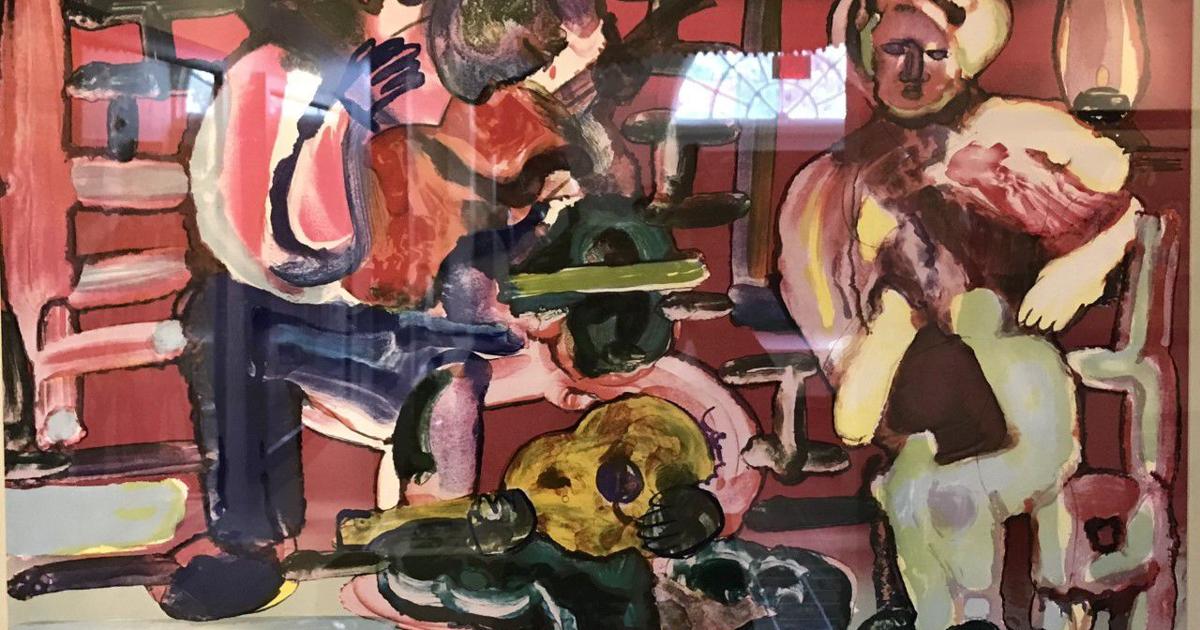Winter
2013 - Film & Video (Film & Video)
Amie Siegel
Winter is a film installation of multiple tenses—shot in the recent past, depicting an unknown future, unfolding (and changing) in the present of the exhibition. Shot in the white-washed homes of New Zealand architect Ian Athfield, including his own communal compound high above Wellington harbor, the film suggests various temporal and cultural conditions of instability, hinting at concerns of global warming and nuclear accidents, pushing at the boundaries of science fiction, stripped of narrative explication and causal explanation.
Amie Siegel works with the cinematic image—the precise production of filmic and still images—to produce artworks that address deeper social issues. She fakes and remakes, to purposefully tell lies as a vehicle to a greater truth. Through researching and implicitly critiquing the history of film, Seigel makes use of genre tropes, such as those found in science fiction, noir and the western. She also has a keen interest in politics, critical theory and a marked distrust of capitalism.
Colors:
Other related works, blended automatically
» see more

© » KADIST
Amie Siegel
2005Berlin Remake ( 2005) combines extracts of East German films with images filmed by the artist in Berlin...
Related works sharing similar palette
» see more

© » KADIST
Michelle Handelman
2015Michelle Handelman’s video work Irma Vep, The Last Breath takes its inspiration from Musidora, a famous French silent film actress, and a character she played called Irma Vep, from the film Les Vampires (1915), directed by Louis Feuillade...

© » HYPERALLERGIC
Beauty and Danger in the Art of Ambreen Butt Skip to content Ambreen Butt, "Arsenal of Ambiguity" (2023), tea, coffee, watercolor, and collage on tea-stained paper, 44 x 30 inches (all images courtesy Gallery Wendi Norris) SAN FRANCISCO — Ambreen Butt: Lay Bare My Arms at Gallery Wendi Norris combines collage and text with traditional South Asian miniature painting to create energetic works that radiate delicate beauty, underpinned by a pervasive threat of violence...
Other works by: » Amie Siegel
» see more

© » KADIST
Amie Siegel
2005Berlin Remake ( 2005) combines extracts of East German films with images filmed by the artist in Berlin...
Related works found in the same semantic group
» see more

© » KADIST
Cyprien Tokoudagba
In a style that is unique of Tokoudagba, he evokes the kings, gods and their symbols related to the earth, water, air and fire, usually on a white background...





